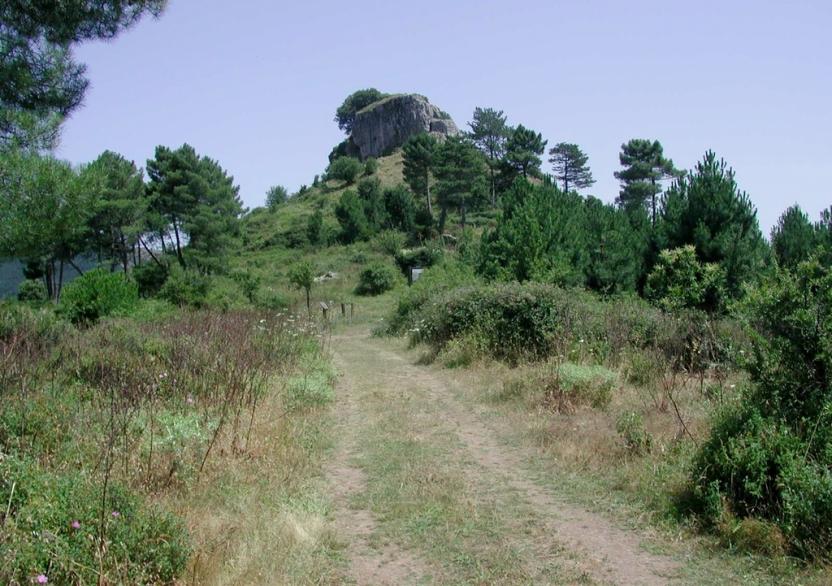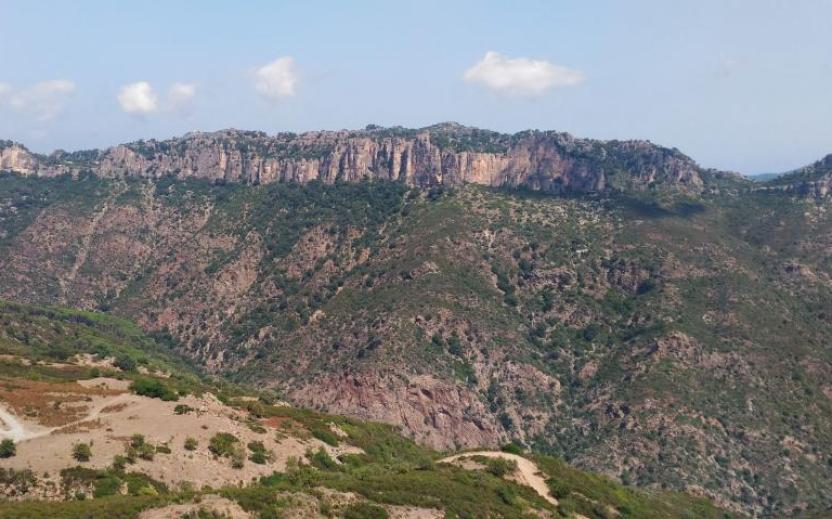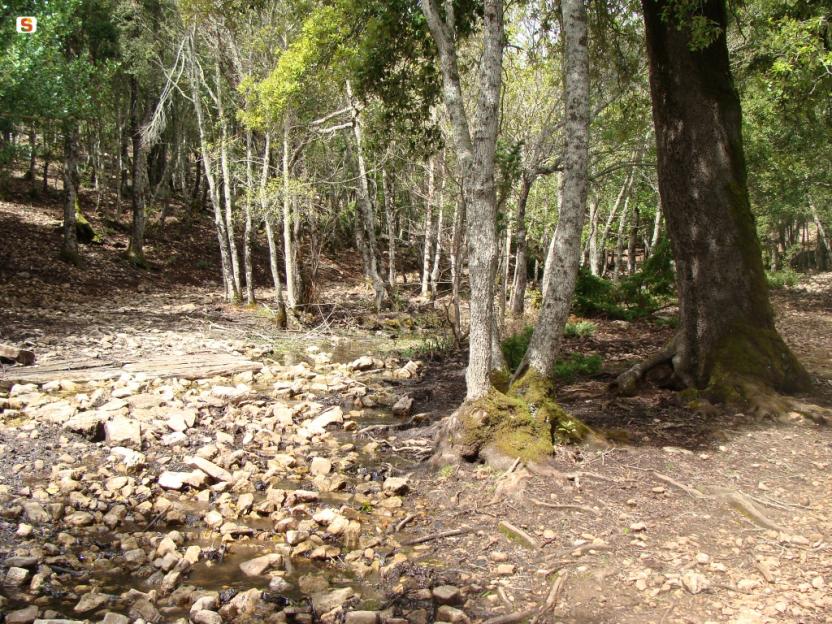Sentiero Italia (Stage SI Z12) Orosei - Dorgali
Overview of the itinerary
Sentiero Italia runs the length of the island’s eastern side, covering its most important mountains, in 28 stages. Starting from the north: it flanks the Monte Limbara massif, crosses the limestones of Mont’Albo and Tuttavista, skirting the Gulf of Orosei, it crosses the Supramonte, Gennargentu and the Tacchi of Ogliastra and reaches Perdasdefogu. Further south, it passes through Armungia and the Gerrei sub-region. Lastly, it touches on the villages of Burcei and San Gregorio, continuing on the Sette Fratelli massif to the old prisons of Castiadas.
General information on Sentiero Italia (Grand Italian Trail)
Sentiero Italia, or Grand Italian Trail, as also explained on the official website, is a walking route that crosses the whole of Italy, using mainly but not exclusively “registered trails”.
In particular, in Sardinia, not all the stages of the Sentiero Italia of CAI (Italian Alpine Club) are made of trails already included in the registry of the Sardinia Trail Network (RES), either because they have not yet been tested and approved or simply because they cannot be registered as they do not meet the requirements. However, as a whole, the Sentiero Italia is the single longest walking route currently crossing Sardinia from the north (S. Teresa Gallura, stage Z 1) to the south (Castiadas, end of stage Z 28), touching on the most fascinating mountain areas in central-eastern Sardinia: the plateau of Buddusò, Tepilora, the Cedrino river valley, the ancient forests of Montes, Perda Liana and the regional forest of Montarbu, Monte Genis, and lastly the regional forest of Settefratelli (among the many crossed by the various stages of this long hiking itinerary).
Information on this stage of the trail
The first part of this stage links the town of Orosei to its beach (‘marina’), along the recently restored right bank of the Cedrino river. The second stretch on flat ground heads south between the beach and the wetland, reaching the small beach of Osala, which marks the boundary of the territory of Orosei. Next, you will reach Cartoe beach by circling the headland of Punta Nera, following the rocky coast, in some places quite close to the sea which may present some difficulties. An alternative is to climb over the headland on an easily visible path, but which is mostly on private land.
The south end of Cartoe beach marks the start of the third section of this stage, the more challenging one, which requires climbing the two peaks marked on the maps as Monte Irveri, 616 m asl, and Monte Bardia, 880 m asl, divided by a pass crossed by a paved road leading to the village of Cala Gonone. From Monte Bardia, which overlooks the town of Dorgali, you can descend quickly, along the ridge line, to the Buca Entu col. From here, a picturesque old mule track (Scala Omines) leads to a paved path that reaches the town of Dorgali.
While this stage has no water sources, it offers wonderful panoramic views of the Gulf of Orosei as well as some recently restored old sheepfolds
- Log in to post comments




